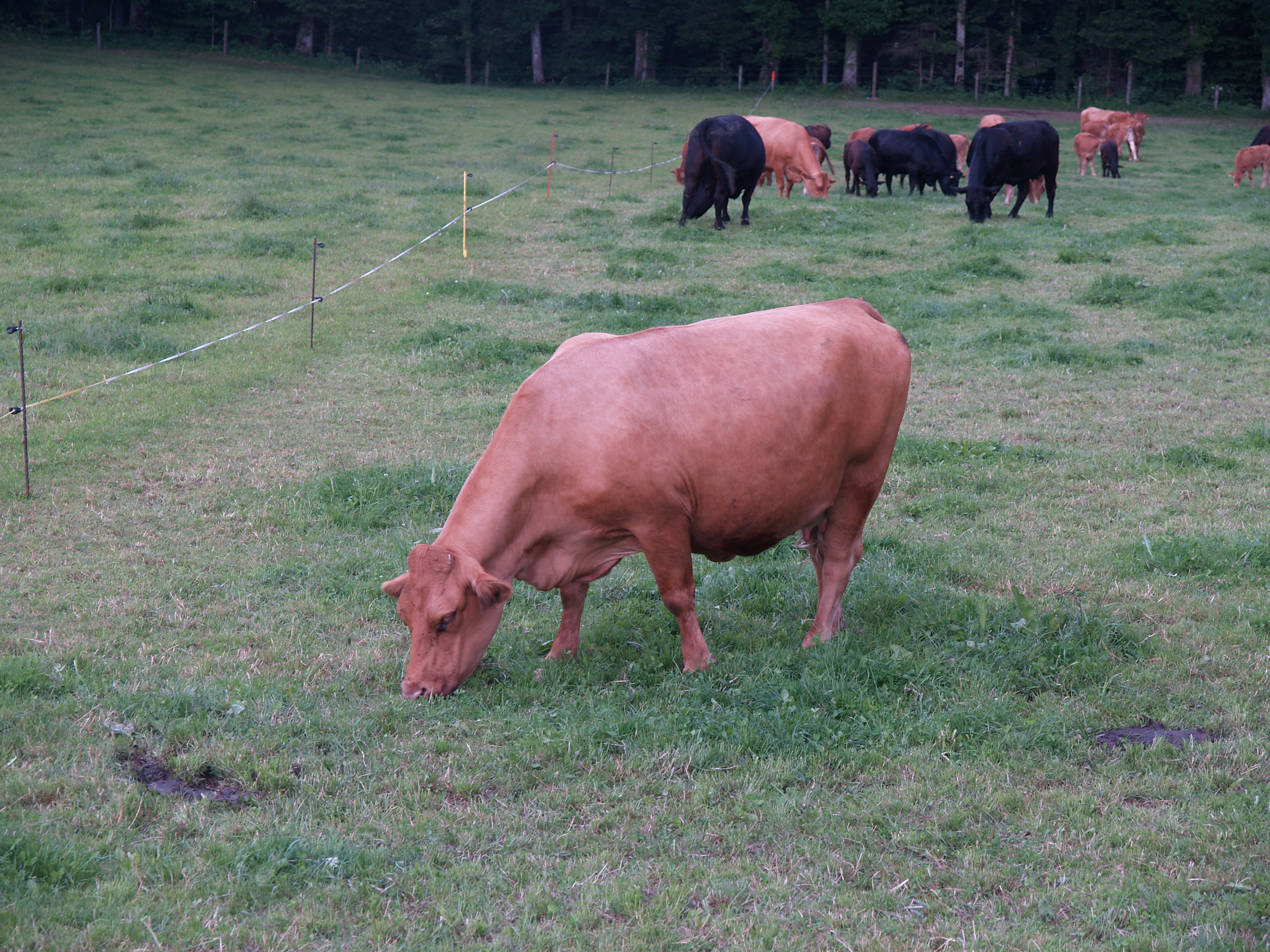Depending on the daily grazing duration and supplementary feeding, different grazing strategies can be implemented on the farm. Only a grazing strategy that is tailored to the company and location is promising in the long term. Each grazing strategy has individual strengths and weaknesses and must be tailored to operational goals.
- The more grazing areas are available, the higher the proportion of pasture grass in the annual ration can be.
- If pasture space is limited, in regions with high heat or fly pollution, if there is an increased need for observation, if targeted supplementary feeding and/or high individual animal performance is desired, hourly or half-day grazing is usually used.
Table 1: Grazing strategies in dairy farming
|
Full pasture |
All-day pasture |
Half-day pasture |
Hourly pasture |
|
|
Need for rounded pasture areas |
high |
high |
medium |
small amount |
|
Supplementary feed for pasture |
very low or none |
Yes |
yes significant |
yes, very significant |
|
Possible share of pasture grass in the total annual ration (% of T) 1) |
45-60 |
30-45 |
15-30 |
until 15 |
|
Very high individual animal performance in practice |
No2) |
no |
Yes No |
Yes |
|
Seasonal calving |
cheap |
cheap |
not common |
not common |
|
“Low input” strategy |
Yes |
Yes No |
no |
no |






